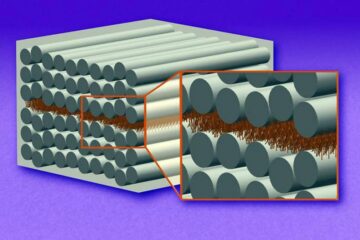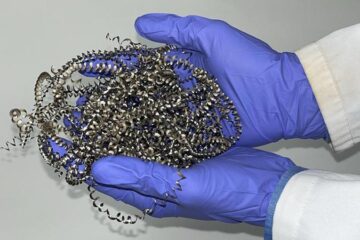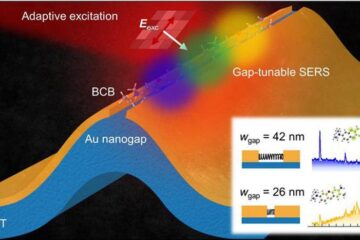One Percent Growth In Dairy Farm Production

– One percent growth is minor when compared to other sectors of industry. The low level of growth can be explained by the 1990s recession and the initial rigidity that accompanied EU accession, MTT (MTT Agrifood Research Finland) Senior Scientist Timo Sipiläinen concludes. Research for his dissertation focuses particularly on Finnish dairy farm production.
– Entering into force of statutes on investment grants and other items undoubtedly applied a brake on dairy farm development right up to the end of the decade. Dairy farms easily need a few years to adjust to changes on this scale, which means that benefits are not immediately apparent, Sipiläinen says.
COMPARISON COVERS PERIODS BEFORE AND AFTER FINNISH EU ACCESSION
The common feature of all three panel data sets used by Sipiläinen is that they cover the periods before and after Finnish EU accession in 1995. Data on 138 farms produced by agricultural advisory services describes silage production on animal farms. The second set is MTT’s bookkeeping data covering 72 dairy farms. The third set of data Sipiläinen examines is on 459 accounting farms representing different production branches.
Sipiläinen concentrates on three key factors for production growth: technical change, changes in technical efficiency, and scale effect. He observes technical change, such as advances in animal and plant breeding and in available technology, as being a significant component in production growth.
By technical efficiency Sipiläinen means the relationship between the yield achieved through actual farm input and the best possible yield that can be achieved. He notes that EU accession has had no immediate effects with regard to technical efficiency. In fact, a slightly downward trend in the technical efficiency of dairy farms emerged during the period under investigation.
Only a few dairy farms achieved an increase in production through scale effect. A positive scale effect would be important for improving the competitiveness of Finnish agriculture through increasing farm size.
– This minimal scale effect is linked to the fact that there are still a large number of small dairy farms, with less than 20 cows. For the majority of large farms heavy investment began at the end of the 1990s, and the full exploitation of production capacity takes time. Scale effects were clearly greater in the data which were not restricted to dairy farms, Sipiläinen points out.
PUTTING ASSESSMENT METHODS IN ORDER
In the five articles comprising his research Timo Sipiläinen also compares the assessment methods for production change. For supplying the best possible information as background for decision-makers the correct use of methods is vital. – Fortunately, data from agricultural enterprises is available for research purposes, such as MTT’s bookkeeping data, he commented appreciatively.
The Malmqvist and Fisher indices used by Sipiläinen are in widespread use in the field of economics. Malmqvist indices are often used in production growth research, although price data is missing. Calculation using the Fisher indices requires that price and quantity data are either directly available or can be deduced hypothetically.
Licentiate of Science (Agriculture and Forestry) Timo Sipiläinen’s agricultural economics dissertation “Components of Productivity Growth in Finnish Agriculture” will be reviewed on 7 March 2008 at the University of Helsinki. The opponent will be Professor Subal C. Kumbhakar from Binghamton University in the United States (State University of New York) and the custodian Professor Matti Ylätalo.
Further details: Timo Sipiläinen, tel. +358 9 5608 6221, timo.sipilainen@mtt.fi
Media Contact
More Information:
http://www.mtt.fiAll latest news from the category: Agricultural and Forestry Science
Newest articles

“Nanostitches” enable lighter and tougher composite materials
In research that may lead to next-generation airplanes and spacecraft, MIT engineers used carbon nanotubes to prevent cracking in multilayered composites. To save on fuel and reduce aircraft emissions, engineers…

Trash to treasure
Researchers turn metal waste into catalyst for hydrogen. Scientists have found a way to transform metal waste into a highly efficient catalyst to make hydrogen from water, a discovery that…

Real-time detection of infectious disease viruses
… by searching for molecular fingerprinting. A research team consisting of Professor Kyoung-Duck Park and Taeyoung Moon and Huitae Joo, PhD candidates, from the Department of Physics at Pohang University…





















